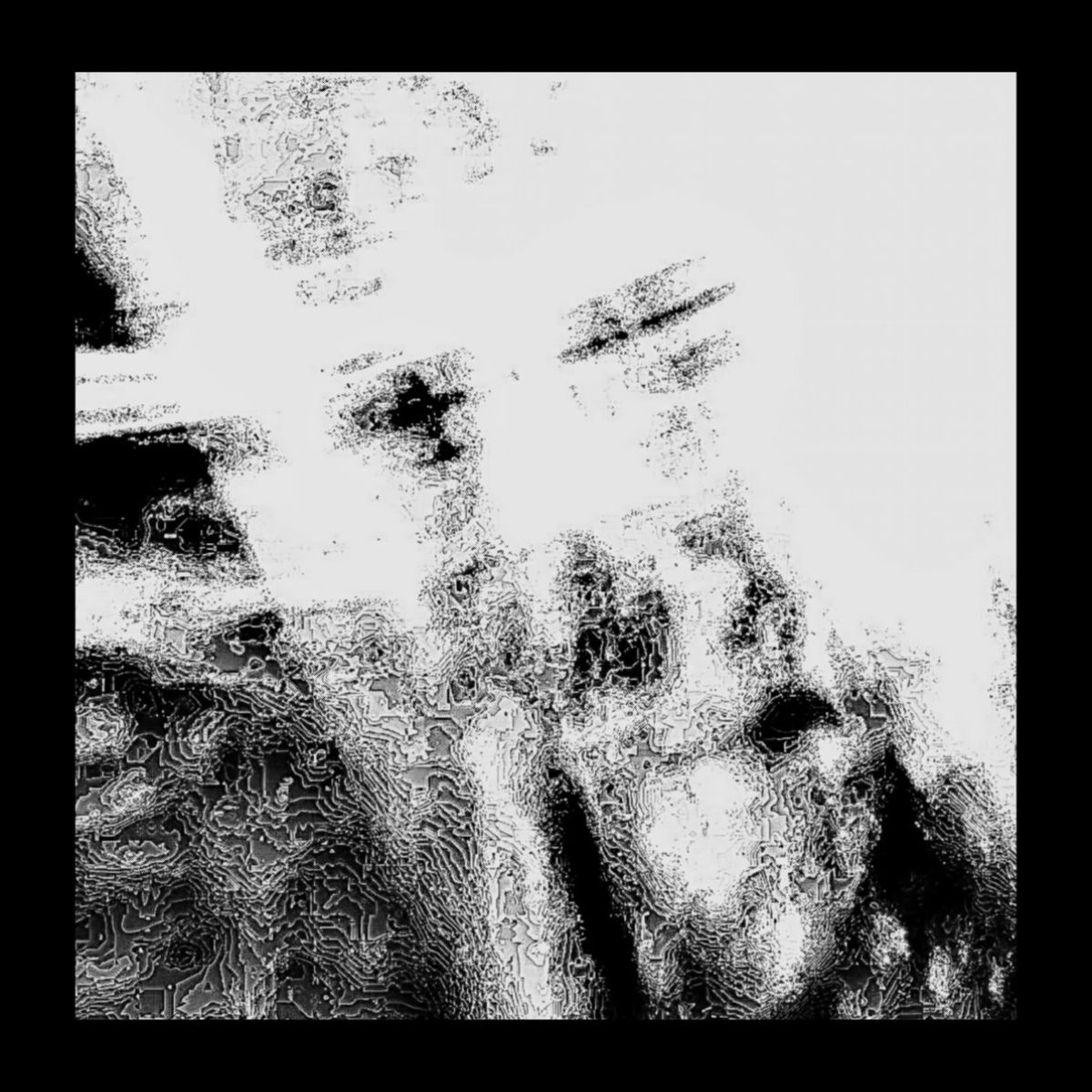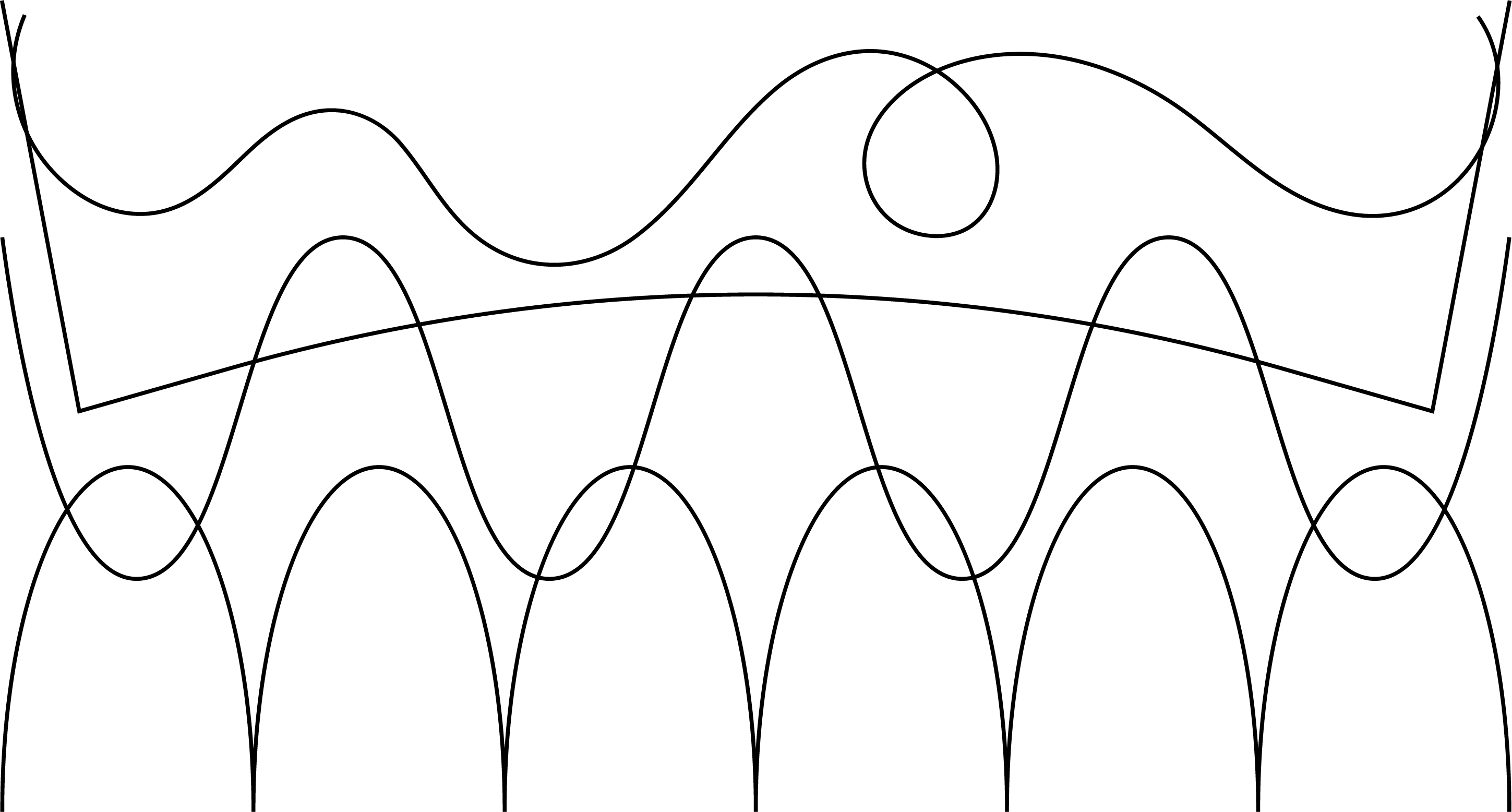no products in the cart
0

Akhira turns concrete into something malleable. The harshness and hiss of industrial residue are attenuated to bring out sounds that soothe. As it turns out, peace can be found anywhere.
A collection of subtle, enchanting pieces from Tokyo-based sound and visual artist Akhira Sano. Working with electronic, instrumental, and concrète sounds, he crafts immersive assemblages of long overlapping tones and blurred resonance, cut through with textural crunch and hiss. The resonant bell-like tones of the opener, “Kouai,” invite the listener in, calling up the warm sound palette of ambient classics like Hiroshi Yoshimura’s Music for Nine Postcards, but leaving any sense of compositional anchor behind for a free-floating harmonic drift. Woven through this seductive tonal cloud is a wavering stream of white noise and tactile pops, its textural grit threatening to derail the calmly reflective pool of pitched sounds, but never quite doing so.
Each of these seven pieces occupies a similarly ruminative harmonic space while possessing its own identity. On “Neow,” lush tonal swells form around fragmented samples, touching on the techniques of early 2000s glitch artists like Ekkehard Ehlers. “Orbv” is particularly subtle in its combination of rippling back-masked tonal wash, almost subliminal suggestions of field recordings, and distant traces of raw electronic interference, as if a Toshimaru Nakamura recording is playing through an open window across the road. “Margin” weaves together a skein of wistful slow-motion melodies while untraceable, resonant clinks and ambiguous static washes gradually rise to the surface. In comparison to his album Phase Contrast for Recollection on 12k, recognizable instrumental sounds are a rarity here, yet a hand-played feeling is present throughout. On “Teens,” filtered electric guitar tones reminiscent of the melancholic miniatures of Andrew Chalk float over aqueous burbles, bringing the album to a magisterial close.
Where much contemporary ambient music aims for an almost stifling cleanliness of tone, Sano breathes life into Far More Decentralized through the acceptance of imperfection, accident, and rough edges. As the artist himself says, “In a world where everything can be made perfectly, I think it’s a beautiful and primal act to touch the fragile and imperfect.”
€28,00
only 1 left

Akhira turns concrete into something malleable. The harshness and hiss of industrial residue are attenuated to bring out sounds that soothe. As it turns out, peace can be found anywhere.
A collection of subtle, enchanting pieces from Tokyo-based sound and visual artist Akhira Sano. Working with electronic, instrumental, and concrète sounds, he crafts immersive assemblages of long overlapping tones and blurred resonance, cut through with textural crunch and hiss. The resonant bell-like tones of the opener, “Kouai,” invite the listener in, calling up the warm sound palette of ambient classics like Hiroshi Yoshimura’s Music for Nine Postcards, but leaving any sense of compositional anchor behind for a free-floating harmonic drift. Woven through this seductive tonal cloud is a wavering stream of white noise and tactile pops, its textural grit threatening to derail the calmly reflective pool of pitched sounds, but never quite doing so.
Each of these seven pieces occupies a similarly ruminative harmonic space while possessing its own identity. On “Neow,” lush tonal swells form around fragmented samples, touching on the techniques of early 2000s glitch artists like Ekkehard Ehlers. “Orbv” is particularly subtle in its combination of rippling back-masked tonal wash, almost subliminal suggestions of field recordings, and distant traces of raw electronic interference, as if a Toshimaru Nakamura recording is playing through an open window across the road. “Margin” weaves together a skein of wistful slow-motion melodies while untraceable, resonant clinks and ambiguous static washes gradually rise to the surface. In comparison to his album Phase Contrast for Recollection on 12k, recognizable instrumental sounds are a rarity here, yet a hand-played feeling is present throughout. On “Teens,” filtered electric guitar tones reminiscent of the melancholic miniatures of Andrew Chalk float over aqueous burbles, bringing the album to a magisterial close.
Where much contemporary ambient music aims for an almost stifling cleanliness of tone, Sano breathes life into Far More Decentralized through the acceptance of imperfection, accident, and rough edges. As the artist himself says, “In a world where everything can be made perfectly, I think it’s a beautiful and primal act to touch the fragile and imperfect.”


we write about records, events, and other small discoveries.

